A Designer's Guide to Adobe InDesign and XML
Harness the Power of XML to Automate your Print and Web Workflows
Is this book for programmers? Written specifically for graphic designers and production artists already comfortable working with Adobe InDesign, this book teaches you how to automate publishing without learning a lot of scary code. XML simplifies the process of moving content in and out of your layouts and can speed up any print or Web assignment. Why should I care about XML? If you’re managing data-intensive layout projects, and you want to keep that data consistent, accurate, and up-to-date, then incorporating XML can help. You can also use XML to automate processes like importing text and large numbers of graphics into a layout, or repurposing content from one application to another. Do I need additional plug-ins or special software? You need only the powerful features built into InDesign CS2, CS3 or CS4 to use this book. How will I learn XML? This guide includes nine easy-to-follow projects with downloadable support files. With these hands-on tutorials, you will learn XML in context. By the final project, XML will no longer be a mystery, but a powerful tool you can use to support your company or clients. These real-world projects will teach you: l Business cards: Create a structured layout in InDesign and then import XML. Format text automatically and flow the text into multiple examples. l Product catalog: Learn how to import XML data into a structured layout using nested styles and cloned text. l Direct mail and variable data printing: Use XML and InDesign to create sophisticated direct mail pieces without costly plug-ins or third-party software. l Magazine and newspaper: Build and export magazine-style publications for online distribution. l Web: Transform XML into XHTML to incorporate directly into your Web pages, or use Cascading Style Sheets to instantly format your exported XML.
- ISBN 13 : 9780132701402
- ISBN 10 : 0132701405
- Judul : A Designer's Guide to Adobe InDesign and XML
- Sub Judul : Harness the Power of XML to Automate your Print and Web Workflows
- Pengarang : James J. Maivald, Cathy Palmer,
- Kategori : Computers
- Penerbit : Adobe Press
- Bahasa : en
- Tahun : 2007
- Halaman : 336
- Halaman : 336
- Google Book : http://books.google.co.id/books?id=xe006J3HKKsC&dq=inpublisher:Adobe+House&hl=&source=gbs_api
-
Ketersediaan :
... house to your car to your computer (Mac or Windows) —are manufactured to
exacting standards which, if not met, cause the product to be rejected. Likewise
there is a need for standardsbased XML within the communities of publishers, ...

